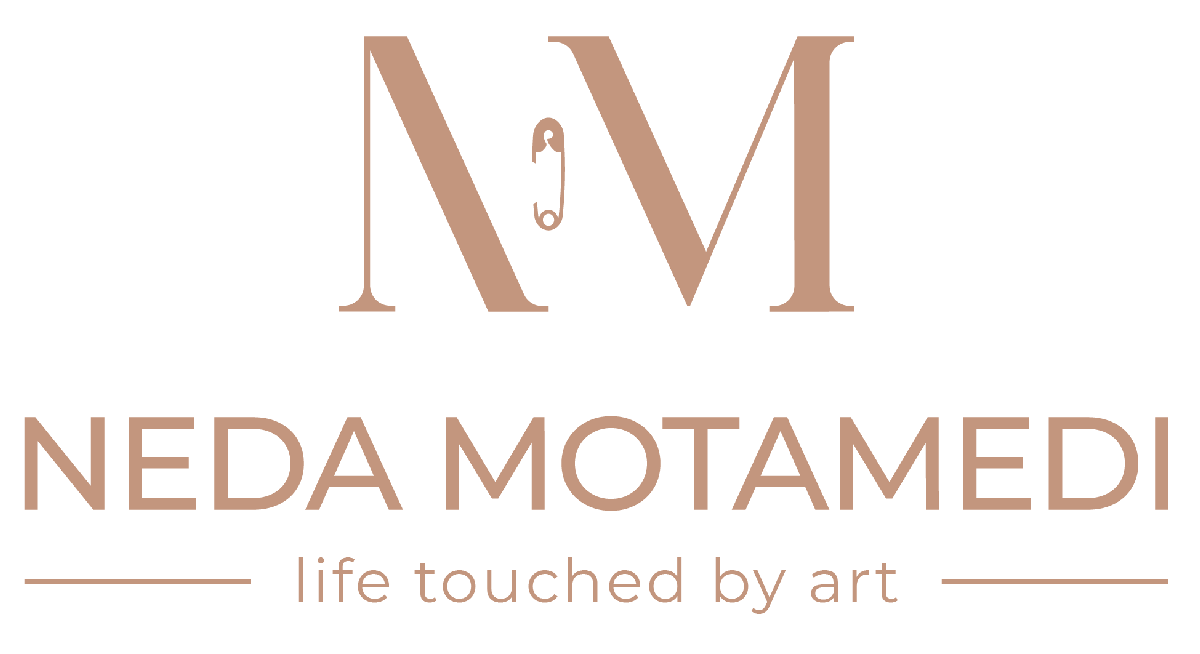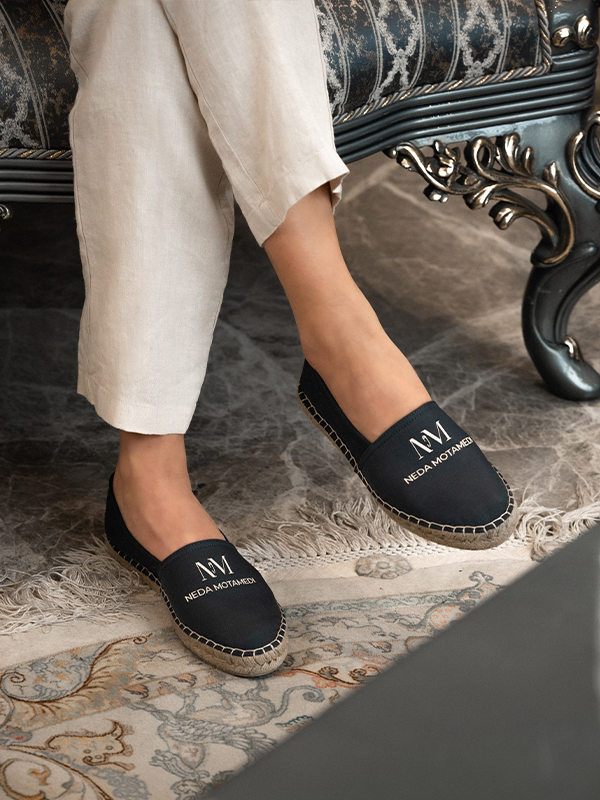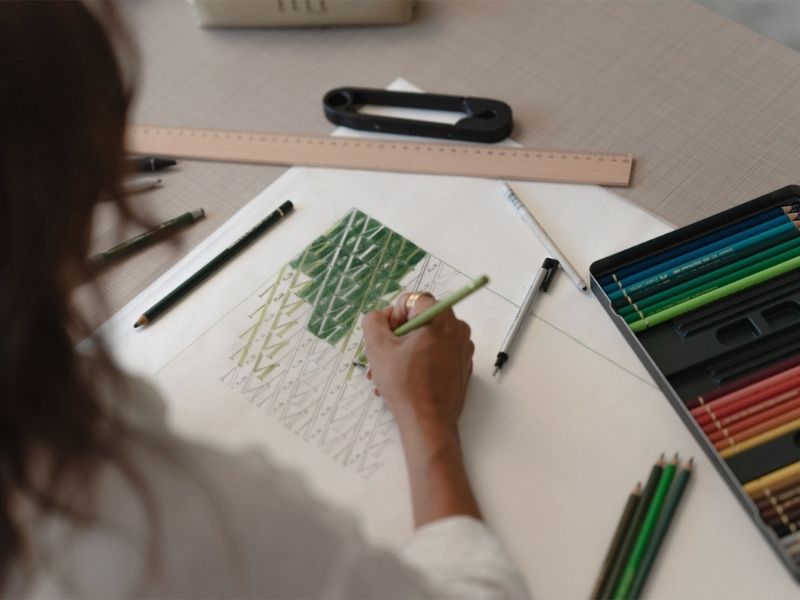Shoes are among the most frequently used accessories in daily life and have the greatest impact on our bodies. However, healthy shoes offer much more than just aesthetics; the right shoe choice preserves foot health, improves overall body balance, and prevents potential problems in the long term. So, what should the healthiest shoes be like? Shoes that provide both comfort and anatomical suitability for the feet stand out with the right materials, appropriate sole structure, and supportive features. In this article, we will examine the basic characteristics of healthy shoes and explore how to make the right choices while prioritizing foot health.
Shoe Materials: Which Materials Are Healthier?
Shoe materials are one of the key factors that directly affect foot health. The materials used in the design of a healthy shoe play a major role in both comfort and long-term use. Natural materials are generally healthier than synthetic ones because they allow the feet to breathe, prevent sweating, and minimize allergic reactions. Leather, especially in the upper part of the shoe, is commonly used for its flexibility, which comfortably wraps the feet. Additionally, natural leather allows the feet to breathe, preventing the formation of bacteria and unpleasant odors. Other healthy materials include cotton fabrics and organic materials. These materials, with their soft textures, gently wrap the feet and reduce friction-related injuries. For the sole, materials such as rubber and EVA (ethylene-vinyl acetate) are preferred because they are both lightweight and provide good cushioning, absorb shocks, and are durable. Inside the shoes, special pads and orthopedic insoles, which protect your feet and increase support, offer a healthy usage experience. Shoe materials should not only support foot health but also provide comfort and ease in daily life.
Foot-Anatomy-Compatible Shoe Design: Why Is It Important?
Foot-anatomy-compatible shoe design is crucial for healthy walking and foot health. The human foot has a complex structure, requiring each toe, bone, and muscle to function in a specific order. Shoes that are not compatible with foot anatomy can lead to problems such as incorrect pressure distribution, imbalanced weight distribution, and, over time, trigger discomforts such as pain, swelling, calluses, flat feet, or heel spurs. A well-designed shoe should follow the natural shape of the foot, allowing the toes to move freely. It should also support the foot arch and maintain balance between the heel and the base. The sole of the shoe should be designed to fit the natural curves of the foot and offer protection against shocks with its cushioning features. This way, even with long-term use, your feet will remain comfortable and balanced, making your walk healthier. Foot-anatomy-compatible shoes not only promote physical health but also support a more comfortable and energetic experience in daily life.
Benefits of Healthy Shoes: What to Expect from Long-Term Use?
Healthy shoes offer many benefits with long-term use by providing the right support and comfort. First, they help maintain proper posture and balance by preserving the natural structure of the foot. This is especially important for people who have to stand or walk for long periods because incorrect shoes can lead to back, knee, and spine pain over time. Healthy shoes distribute pressure evenly across every part of the foot, minimizing pain and discomfort. Additionally, these types of shoes help prevent foot diseases. Foot fungus, calluses, heel spurs, and flat feet are often caused by incorrect shoe choices. Healthy espadrilles, with proper cushioning and support features, prevent these problems. In the long term, healthy shoes prevent foot deformities, preserving foot health and improving quality of life. These shoes provide not only comfort but also a healthy gait and mobility, making you feel more comfortable and energetic during daily activities.






